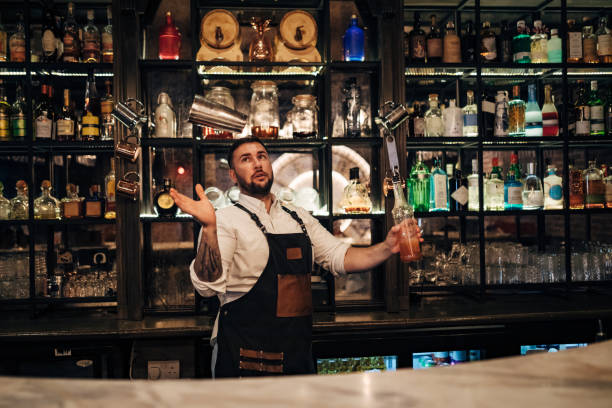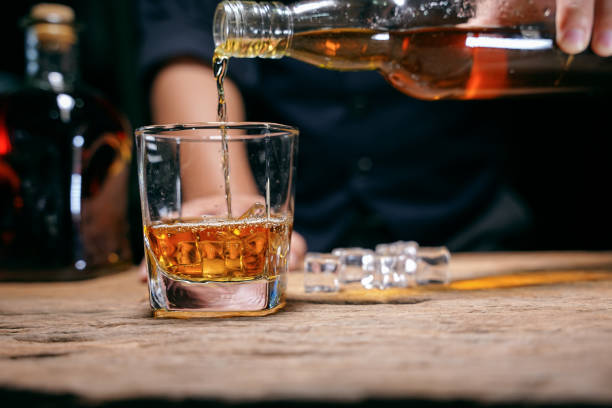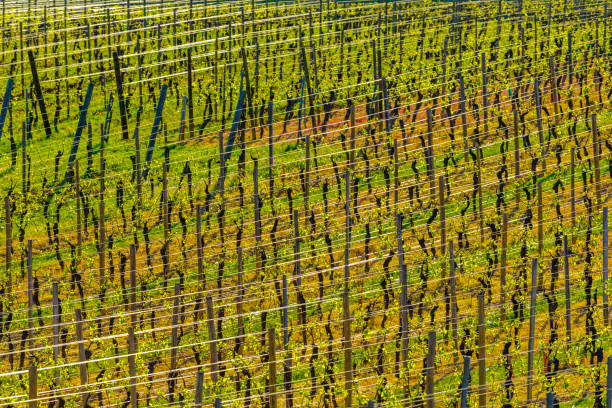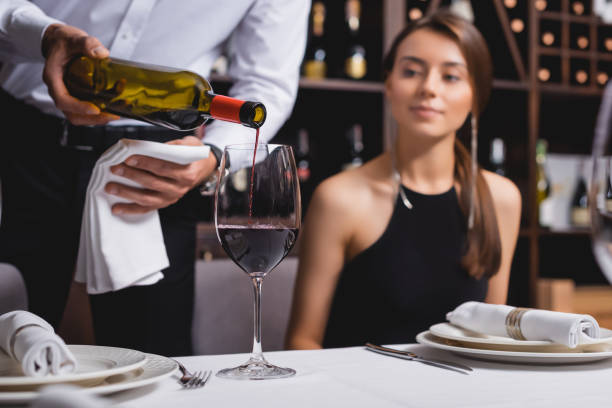How to store wine
Wine storage is not complicated. However, there are some ways to ensure that your wine will taste the way you want it when served.
- Store bottles horizontally
As most people have noticed, wine bottles are typically stored horizontally in wine racks or coolers with the label facing up. While this is important to do for bottles with natural corks, holding bottles horizontally with non-natural pins such as rubber, plastic, or metal isn’t necessary. Still, it can often be a space-saving solution for smaller restaurants.
Why is wine stored on its side?
The cork is kept in constant contact with liquid by storing the wine on its side. The pin will remain moist, preventing shrinkage or cracking, which would allow air into the bottle. Air entering the bottle early can lead to oxidation and affect the taste of the wine.
- Store Wine at the Right Temperature
Keep the temperature of the air around 55 degrees Fahrenheit if you are storing red and white wines in the same location. Temperatures above 70 degrees Fahrenheit will age wine faster than you want.
A wine that is “cooked” by extreme heat will lose its flavor and aroma. If you store wine in a refrigerator or walk-in cooler, it can lose its aromas and flavors.
The temperature is crucial to the preservation of wine. Excessive heat or cold can damage your wine bottles. Proper wine storage temperature can preserve your wine and prevent it from aging too much.
- Maintain a steady temperature.
You should always ensure that the ambient temperature is constant when storing wine bottles. The consistency of the temperature is just as important if you don’t, more so than what temperature you keep your wines at.
Liquids in the bottle can expand and contract due to drastic temperature changes. Over time, this expansion and contraction may cause the cork to move out of position.
- Take note of the humidity.
When it comes to the optimal level of humidity for storing wine, you’ll want to keep the humidity level between 50 and 80 percent.
The label and the wine can be affected by humidity levels. You’ll need to monitor humidity if you want to maintain pristine bottles, including the tags. Storing wine in a humid environment will help to ensure that the cork remains moist and air is kept out.
Keeping the air humidified can also damage your wine bottle labels over time. Mold can form on labels if there is too much humidity. This will ruin the bottle’s outside. This won’t harm the wine inside, but it can make your bottle unusable in your restaurant.
- Limit Light Exposure
The light, in general, and UV rays specifically, can age wine prematurely, just like heat and air exposure. Tinted glass is used in most bottles to prevent this. If you plan to store your bottles for some time, keep them away from harsh fluorescent lights and direct sunlight.
- Avoid Vibrations and Movements
Wine can be damaged by vibrations caused by heavy kitchen appliances and cooling devices. You should avoid storing bottles near heavy kitchen equipment and cooling appliances, as well as shaking wine manually. These movements can accelerate the chemical reactions that cause wine to age faster.
- Keep track of how long your wine stays in storage.
It’s true that fine wines can improve with age. However, it is unlikely you should store them indefinitely. The majority of New World wines and less expensive bottles are best consumed within a couple of years. Wines that are stored in your restaurant for too long will not help your bottom line.
What happens to wine when it goes bad?
Red wine is best consumed between 2 and 10 years after the vintage. White wine should be consumed within two to three years. Only a few fine wines on the market today can benefit from being aged for ten years or more.
How to Store Wine After Opening
After opening, white wine should be kept in a dark, cool place, such as a wine cellar or closet. The wine should be consumed in 3 to 5 working days after opening. Red wine does not need to be kept in a cold area. Instead, it should be stored somewhere dark and dimly lit. Most red wines last between 3 and 5 days. However, more acidic varieties can last up to a week.
Here are some tips for storing wine once it has been opened.
- Recap the bottle as tightly as possible to reduce exposure to air
- Transfer the remaining wine into a smaller bottle in order to reduce the excess air.
- Keep away from heat and light
- Use a wine stopper to plug the top if you don’t have the original cork
Wine Storage Temperatures
The ideal temperature to store wine is 55 degrees Fahrenheit. The optimal temperature for different types of wine may vary.
The following temperatures are recommended for the storage of white wine:
- Sparkling: 40 to 45 degrees Fahrenheit
- Sweet or light: 45 to55 degrees Fahrenheit
- Full-bodied: 50 to 55 degrees Fahrenheit
Here are the ideal temperatures to store red wine.
- Light-bodied: 50 to 55 degrees Fahrenheit
- Medium bodied: 55 to 60 degrees Fahrenheit
- Full-bodied: 60 to 65 degrees Fahrenheit




